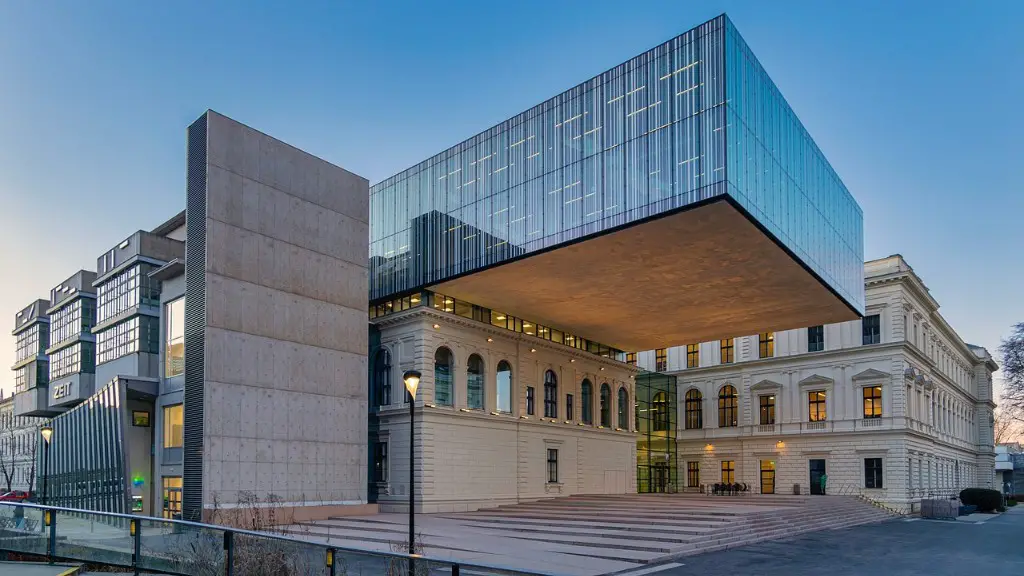In a world where organizations are increasingly reliant on technology,Service-Oriented Architecture (SOA) has become a popular way to build flexible, modular systems that can be easily integrated with other applications and reused as needed.
But while SOA holds a lot of promise, it can also be complex to implement and manage. In this article, we’ll offer some tips on how to get started with SOA and make it work for your organization.
We’ll cover the following topics:
· Defining SOA
· The benefits of SOA
· The challenges of SOA
· Getting started with SOA
With these basics in hand, you’ll be well on your way to reaping the benefits of SOA in your own organization.
Service-oriented architecture (SOA) has become a popular model for building distributed applications. A SOA application usually consists of a set of services that communicate with each other to perform a task. Each service is a self-contained unit that can be invoked by other services or by client applications. Services can be written in any language and can be deployed on any platform.
One of the key benefits of SOA is that it enables different applications to communicate with each other without the need for custom code or adapters. This makes it easier to add new capabilities to an existing application without having to make changes to the existing code.
In order to implement SOA, you need to have a clear understanding of the services that you want to expose and the interfaces that they need to support. Once you have identified the services that you want to expose, you need to design the interfaces that they will use to communicate with each other. Once you have designed the interfaces, you can then start to implement the services.
One of the challenges of SOA is making sure that the services are loosely coupled. This means that they should be able to work together without depending on each other. This can be achieved by using web services or by using messaging systems.
What is an example of service-oriented architecture?
Service-Oriented Architecture (SOA) is a style of software design where services are provided to the other components by application components, through a communication protocol over a network. The basic principles of SOA are independent of any specific technology. However, web services have become a popular implementation approach for SOA because they offer a standards-based way to make these services accessible over the Internet.
An example of a web service standard is SOAP, which stands for Simple Object Access Protocol. SOAP is a protocol for exchanging information in a decentralized, distributed environment. It uses XML to encode messages, so that they can be easily read and understood by computers.
Web services are a technology that is well suited to implementing a service-oriented architecture. A service-oriented architecture is an architecture that enables services to be interoperable, loosely coupled, and reusable. Web services are a type of service that can be accessed over the Internet. They are usually implemented as a way to provide a service, such as a web site, to a client.
What protocols are used in SOA
XML-RPC is a remote procedure call protocol that uses XML to encode its calls and HTTP to transport them. It is designed to be as simple as possible, while still providing all the features needed for most applications.
SOA is an architectural style for building software applications that use services available in a network such as the web. It promotes loose coupling between software components so that they can be reused.
What are the key component of SOA?
The operational systems layer is the bottom layer and interacts with the databases and other operational systems.
API stands for application programming interface. It is a set of routines, protocols, and tools for building software applications. A good API makes it easier to develop a program by providing all the building blocks, which are then put together by the programmer.
SOA stands for service-oriented architecture. It is a software design approach that focuses on making software components communicate with each other over a network in order to exchange information.
What are the 3 types of architecture in SOA?
SOA is a type of architecture that allows different components to work together in order to provide a certain service. The four main components of SOA are services, service providers, service consumers, and service registries. Services are the basic building blocks of SOA and are typically used to encapsulate certain functionality. Service providers are responsible for creating, maintaining, and providing services to others. Service consumers are typically applications that use services provided by service providers. Lastly, service registries are used to store information about services, service providers, and service consumers.
Service-oriented architecture (SOA) is a way of designing applications and services so that they can be reused across the enterprise. In a real life example, managing documents using traditional methods can be a chore. With SOA, documents can be managed more efficiently and securely.
What is the difference between SOA and Microservice
There are a few key differences between SOA (service-oriented architecture) and microservices architecture. The main difference has to do with the scope of the architecture – in an SOA model, services or modules are shared and reused enterprise-wide, whereas in a microservices architecture each service is its own independent entity. Additionally, SOA is typically based on a centralized architecture, while microservices are decentralized. Finally, SOA services are typically more monolithic in nature, while microservices are more modular.
This nine-layer SOA Reference Architecture (SOA RA) provides a comprehensive and fundamental structure for thinking about designing an SOA solution or enterprise architecture standard. It can help enterprise architects, solution designers, and others decompose the complex task of creating an SOA solution into manageable parts, fostering discussion and agreement on responsibilities and ownership.
What is the protocol stack for an SOA architecture?
The SOA protocol stacks can be divided into seven levels by the standard functions in SOA. It shows as Fig 1. From the bottom to top, they include transport lay, message lay, description lay, management lay, assembling lay, present and service finding register lay.
Service Oriented Architecture (SOA) is a decade old concept that provides a way to structure application programs so that Services can be reuse. It is an architectural style that defines how to use Web services to support the use cases of a business. Services are well-defined business functionality that can be invoked over a network. A service has a WSDL interface that describes the input and output message format and the operations that the service can perform. Web services use SOAP and XML messaging to exchange information.
The benefits of using SOA are:
1. Increased reusability of software components
2. Loose coupling between components
3. Easy integration of new application components
4. Improved scalability
5. improved performance
Which standard is preferable to achieve SOA
There are a few standards that are commonly used to achieve SOA, but the most preferable standard is web services. Web services communicate using the SOAP protocol, which is XML-based. This makes them very loosely coupled, and therefore ideal for SOA.
The main pros of SOA are that it leads to independent locations for services, and that it increases the load and response time. The main cons of SOA are that there is a large upfront investment, and that there is a vast variety of services.
What are the three roles in a Service-Oriented Architecture pattern?
Service Provider:
The Service Provider is the principle role within the Service-Oriented Architecture. They provide the actual services that are made available to consumers.
Service Broker/Registry/Repository:
The Service Broker/Registry/Repository is a role that helps to manage, organize, and keep track of all the services that are available from Service Providers.
Service Consumer/Requester:
The Service Consumer/Requester is the role that actually uses the services that are available from Service Providers.
The Service Oriented Architecture (SOA) has seven steps in total, as follows:
1. Create/Expose Services: This step involves creating or exposing services that can be consumed by other applications.
2. Register Services: This step ensures that services are properly registered so that they can be discovered and used by other applications.
3. Secure Services: This step ensures that services are properly secured so that only authorized users can access them.
4. Manage (monitor) Services: This step involves properly managing and monitoring services so that they are always available and running smoothly.
5. Mediate and Virtualize Services: This step ensures that services are properly mediated and virtualized so that they can be used in a consistent and efficient manner.
6. Govern the SOA: This step ensures that the SOA is properly governed so that it is compliant with organizational policies and standards.
7. SOA Integration With ESB: This step ensures that the SOA is properly integrated with an Enterprise Service Bus (ESB) so that it can take advantage of all the benefits that an ESB has to offer.
Conclusion
There is no one-size-fits-all answer to this question, as the implementation of a service oriented architecture will vary depending on the specific needs of the organization. However, some tips on how to implement a service oriented architecture include designing modular services that can be independently deployed, using standard protocols for communication between services, and using an object-oriented programming language.
In order to implement a service oriented architecture, one must first identify the services that are required and then identify the interfaces that those services will use. Once the interfaces have been identified, the next step is to determine how the services will interact with each other. Finally, the last step is to implement the services and test them to ensure that they work correctly.





